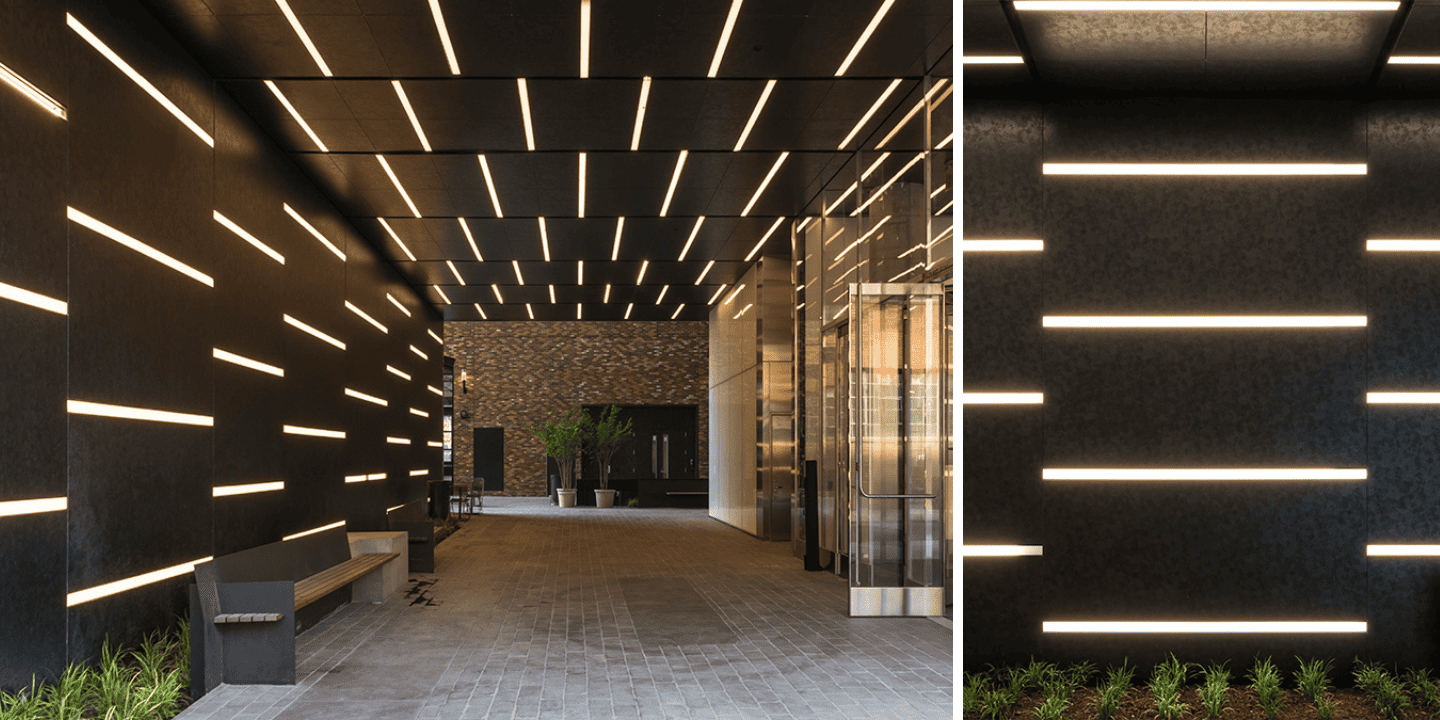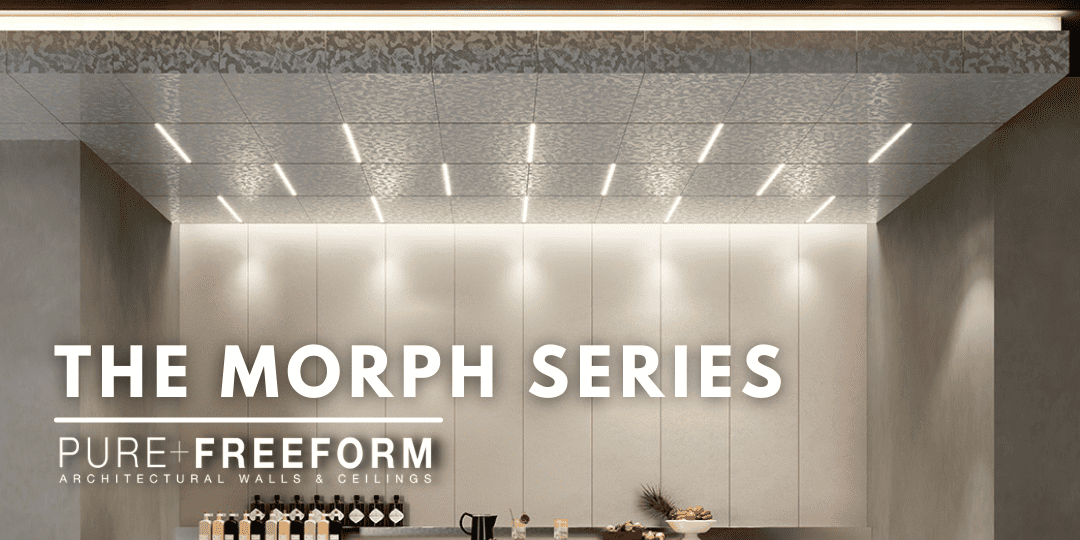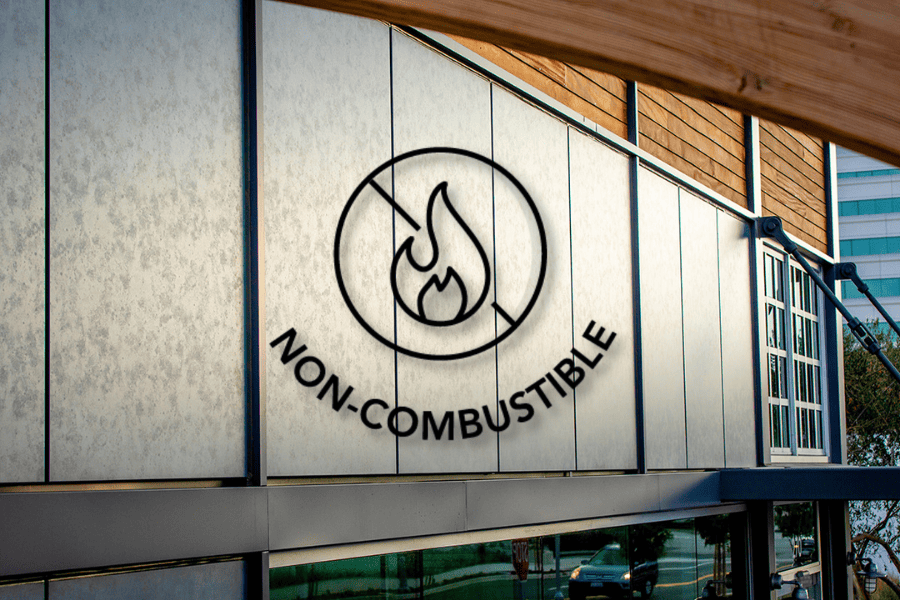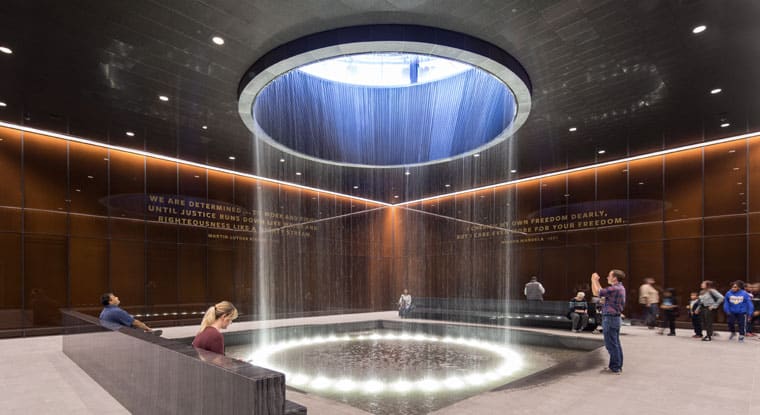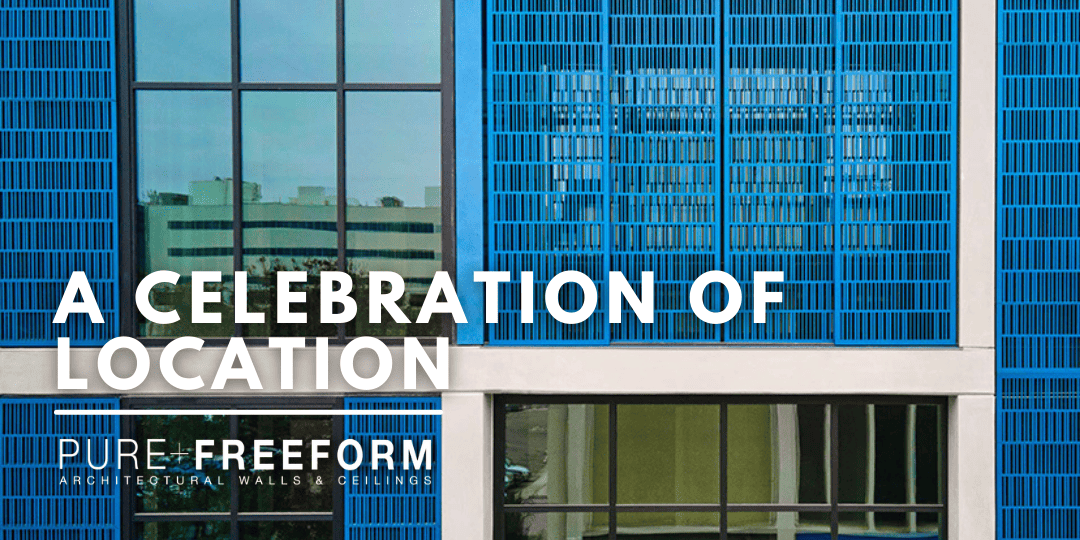
What is site-specific architectural and interior design?
The concept of site-specific design is not novel to the A&D community. Design that calls upon the relevance of location is vital to creating meaningful spaces. When positioned via materials, site-specific architecture can be physical or metaphysical.
Physical
- Surrounding building forms and materials
- Building codes and material limitations
- Materials that are significant to the region
Metaphysical
- Client aspirations of the site
- Community value of the site
- Architectural ideas about the site
The antithesis of site-specific design is generic, one-size-fits-all architecture. With site-specific design, locality and culture are celebrated to offer buildings that reflect the traditions of each community.
We believe custom finish design allows architects and designers to work alongside their local clients to create materials that are both distinctive and relevant. See some examples of great site-specific material design, below.
Surrounding building forms
108 Chambers (Tribeca Rogue) needed a significant spandrel form for the facade to offer something novel in comparison to neighboring 56 Leonard.
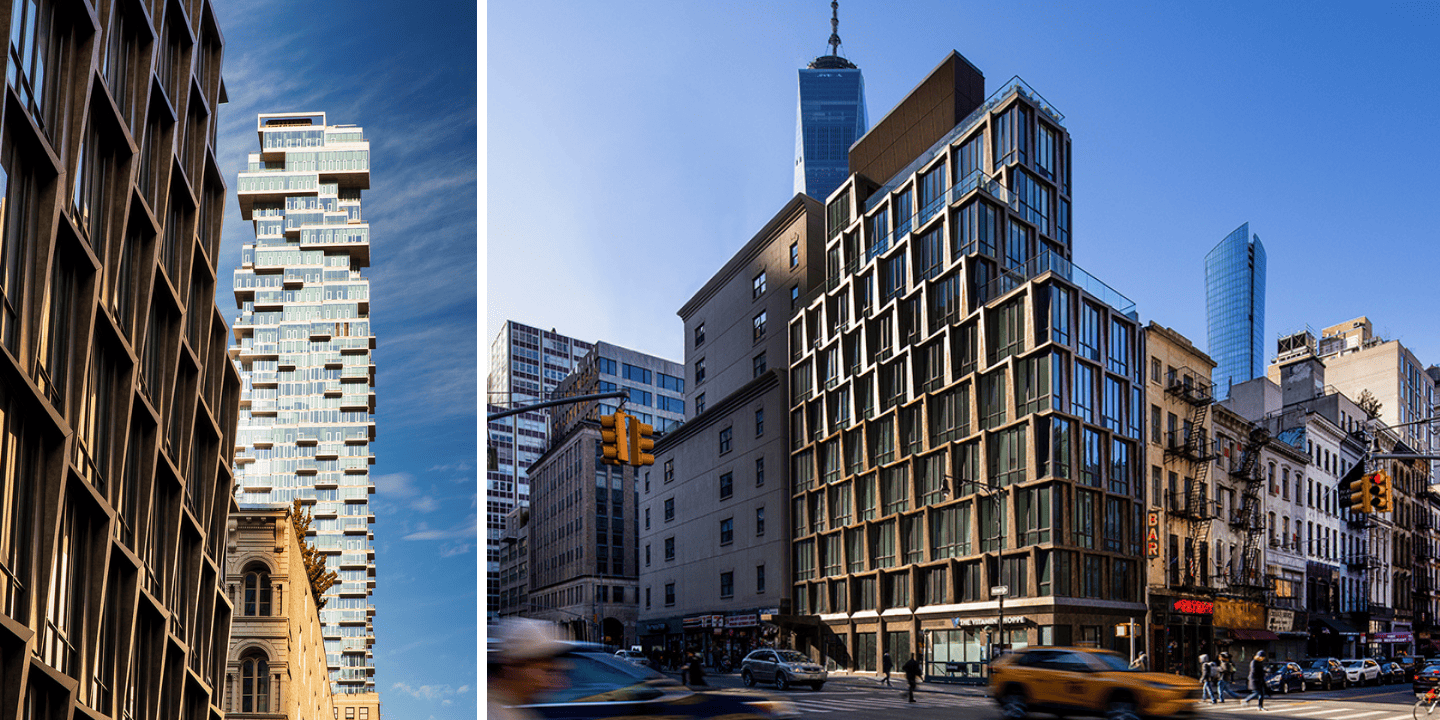
The Brick and The Machine combines two distinct buildings, “The Brick” which calls upon surrounding buildings, and “The Machine,” where our custom blue finish was used on movable panels that allow sunlight and fresh air.
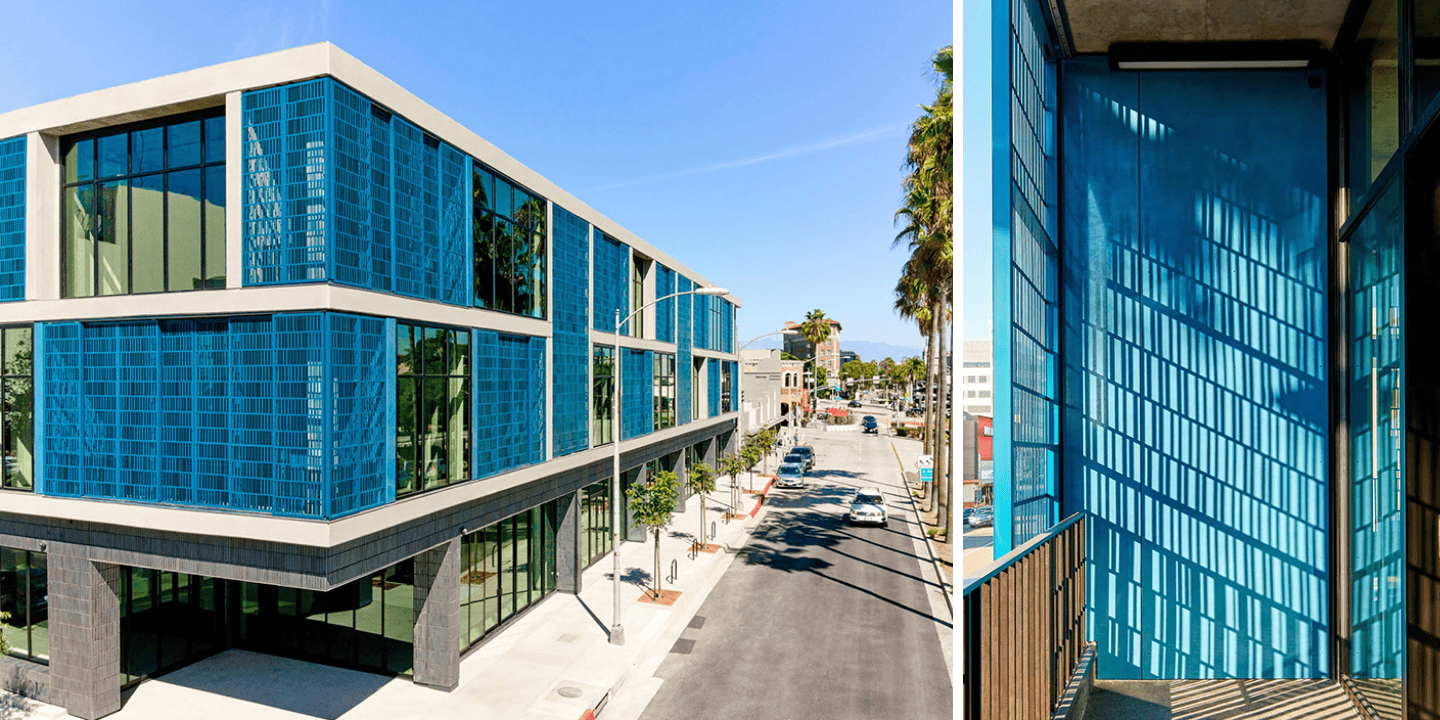
Building codes and material limitations
For Amaffi’s NYC Flagship, real brass would have been too delicate for the busy streets of Manhattan’s billionaire’s row. Instead, an exterior grade aluminum allows the design intent to be kept.
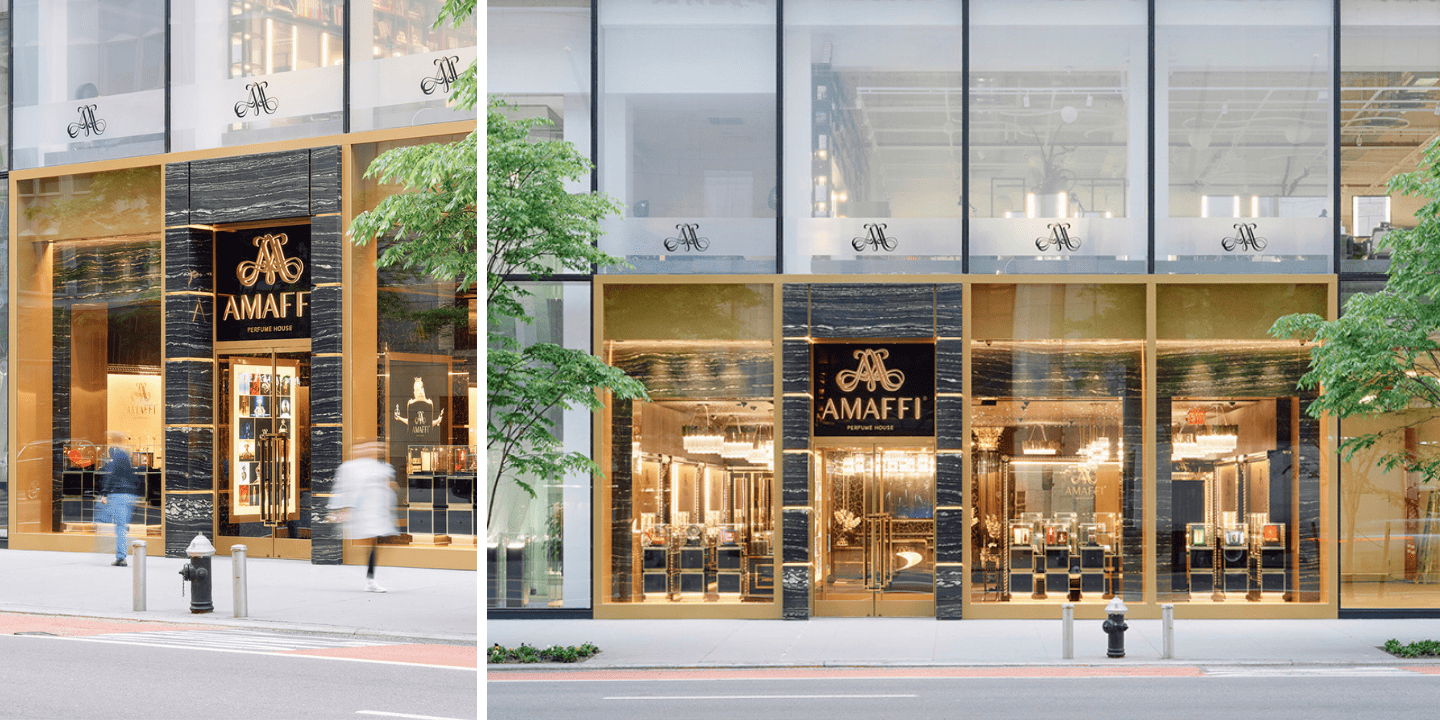
Desiring a distinct woodgrain but requiring durability (and feasibility), custom aluminum offered the appearance of a rare Koa wood in a finish that would withstand the Florida climate for the Seminole Hard Rock Hotel & Casino.
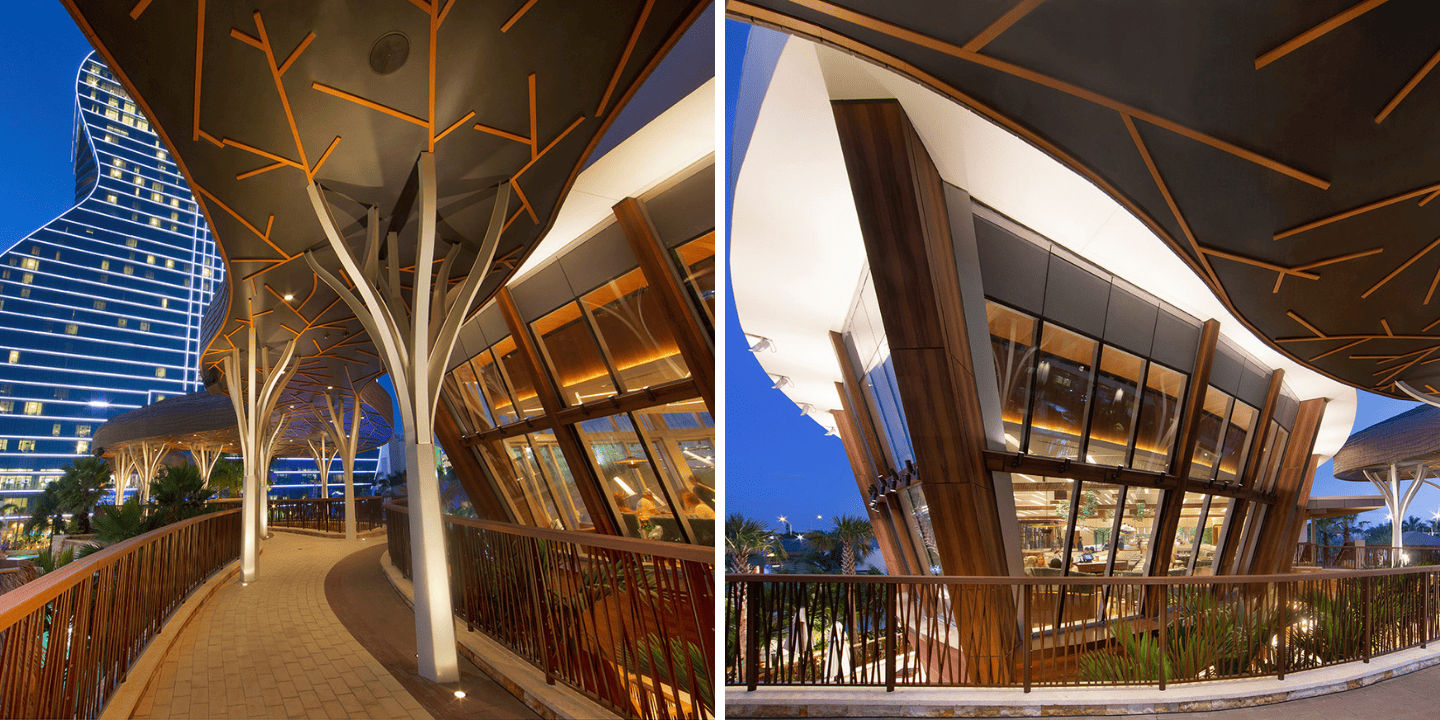
Materials significant to the region
For the Hilton Mayo Clinic in Rochester, MN, we created customized variegated “limestone” finishes, inspired by existing stone buildings on the Mayo campus.
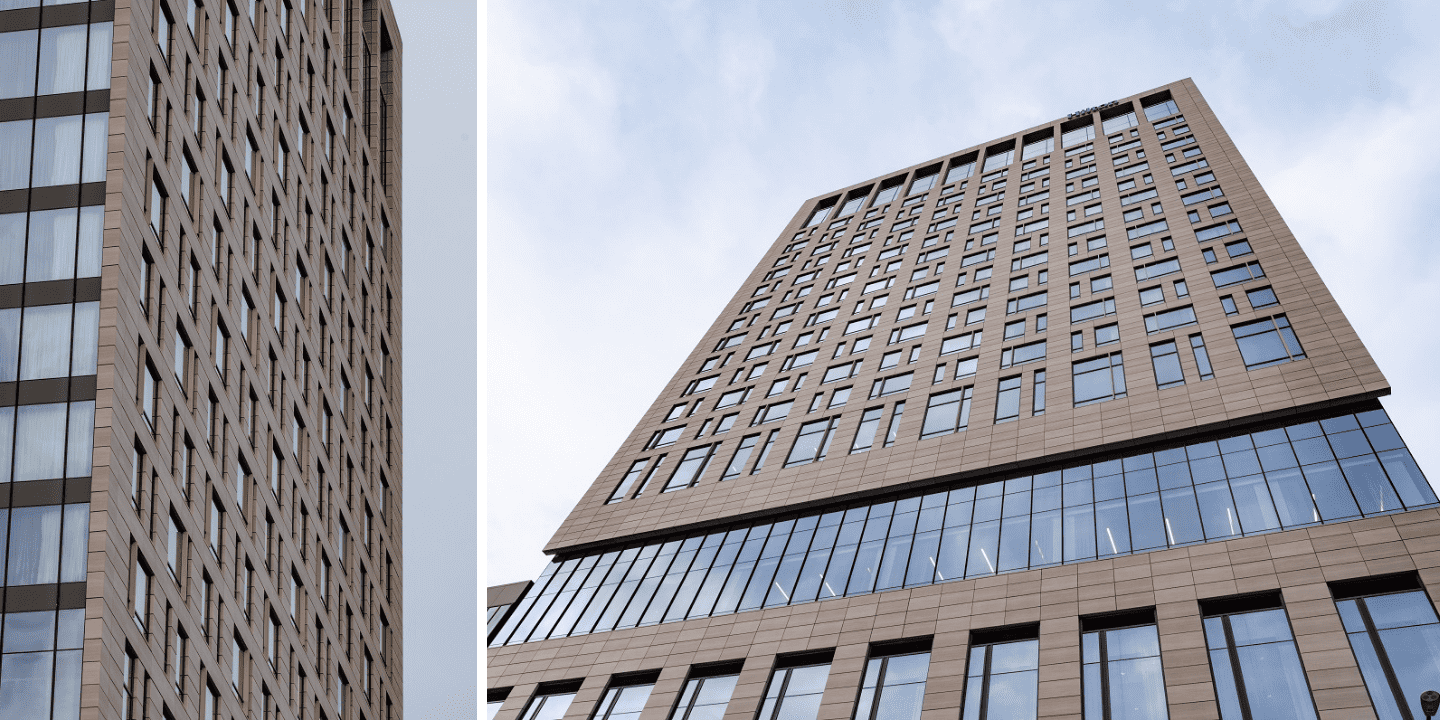
25 Kent uses a custom blackened steel and brick combination to nod to traditional industry in Brooklyn with a contemporary interpretation.
